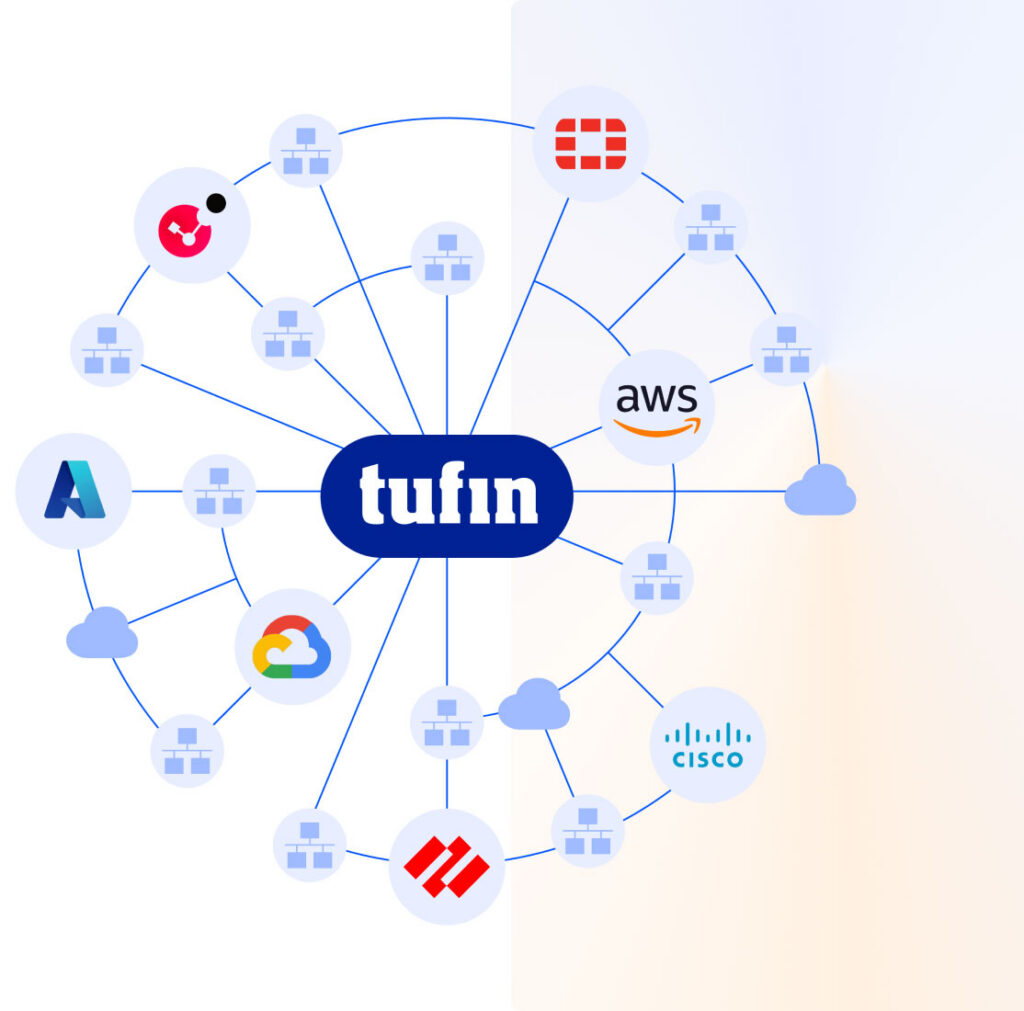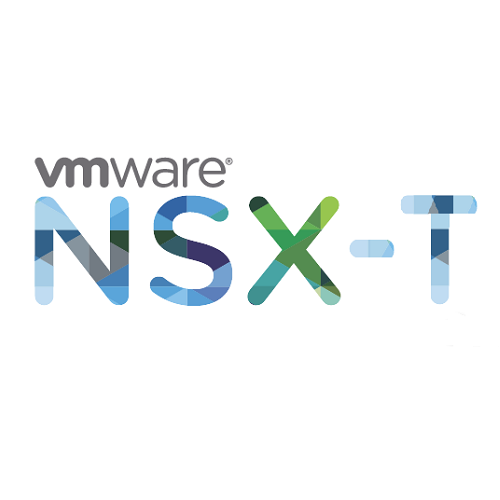
Security Policy Automation for VMware NSX and the Software Defined Network (SDN)
Tufin provides unified network security policy management and visibility of the NSX-T, NSX-V, and the hybrid environment. IT and security teams can automatically apply and enforce micro-segmentation across all environments to ensure only trusted traffic flows are allowed.
VMware NSX-T and NSX-v Firewall Security Policy Automation
Tufin provides unified network security policy management and visibility of the NSX-T, NSX-V, and the hybrid environment. IT and security teams can automatically apply and enforce micro-segmentation across all environments to ensure only trusted traffic flows are allowed.
Firewall security Policy violations are automatically detected and alerted in real-time for rapid mitigation. In addition, network changes are automatically designed for the most efficient and compliant access path, provisioned across all devices, validated, and tracked for audit preparedness.
Tufin integration helps VMware NSX customers achieve:
- End-to-end Visibility. View and track changes to network security policies and configuration across the NSX-T environment and the rest of the hybrid network
- Microsegmentation. Define and manage micro-segmentation across any environment, including NSX-T and NSX-V
- Policy-driven change automation. Automate network changes while enabling adherence to corporate policy, understanding the potential risk, and pushing changes to relevant devices
- Continuous compliance. Assess potential risks before provisioning policy changes across all devices. Gain real-time security policy compliance monitoring, analysis, and alerts on policy changes. Continuously track security policy configuration changes across virtual and physical networks.
Automate Software-Defined Network Microsegmentation for VMware NSX
Increase business agility, reduce costs, and centralize security policy management for network virtualization through VMware NSX and the rest of your hybrid, multi-cloud network with Tufin.
Tufin consolidates and centralizes security policy management across VMWare NSX software-defined network environments, as well as physical networks and public cloud platforms. This provides holistic visibility into and control over your heterogenous physical network devices and cloud resources.
Benefits of using Tufin to manage VMware NSX Microsegmentation
- Gain granular cloud management capabilities across virtual, physical and cloud.
- Centralize the design, management and monitoring of segmentation policies across your hybrid network, including for VMWare NSX environments.
- Visualize security policies and topology across physical networks and virtual environments.
- Identify traffic an application uses and the existing legacy firewall rules that enable it.
- Identify policy violations and gaps between what is desired and what is running across firewalls, routers, and security groups.
- Improve network security by implementing security as close as possible to the application servers and data assets.
- Design and operationalize security policies identical to the physical appliances that control the north-south traffic to the data center.
READ: Operationalizing VMWare NSX Segmentation
Tufin creates a unified security policy layer across the entire enterprise network and its data centers. Tufin has the broadest API integration across the security, networking and cloud ecosystems.
Tufin Orchestration Suite integrated with VMware allows you to:
Transition Safely
Transition applications to the SDN faster and safer, ensuring security policy remains intact and validate connectivity.
Manage Microsegmentation
Design, deploy and manage microsegmentation across your on-prem network, the NSX SDN (either by IPs or Security Groups), and public clouds while ensuring business continuity.
Centralize Management
Centralize management of security policies across all firewalls, routers, and switches throughout the entire data center via a single interface.
Automate changes
Automate network access changes, provisioning changes to the NSX Distributed Firewall and other NGFWs, legacy firewalls, and public cloud.
Our VMware Resources
Why Choose Tufin? Let Us Show You.
Schedule a demo and see for yourself.






